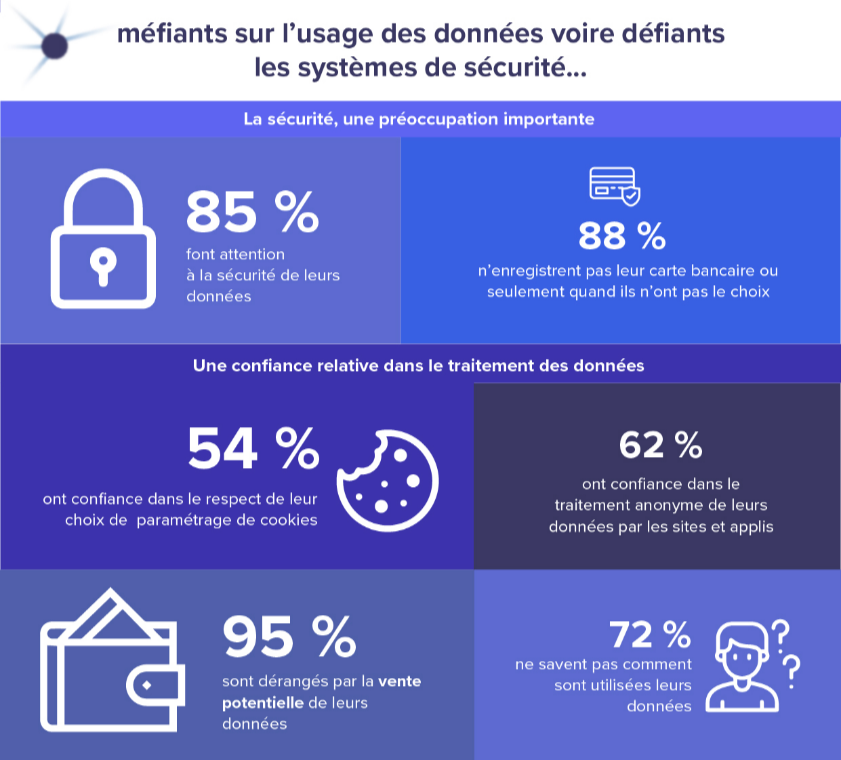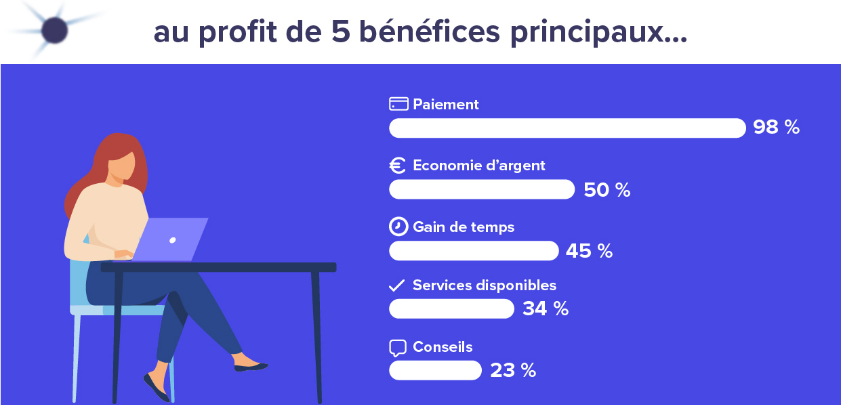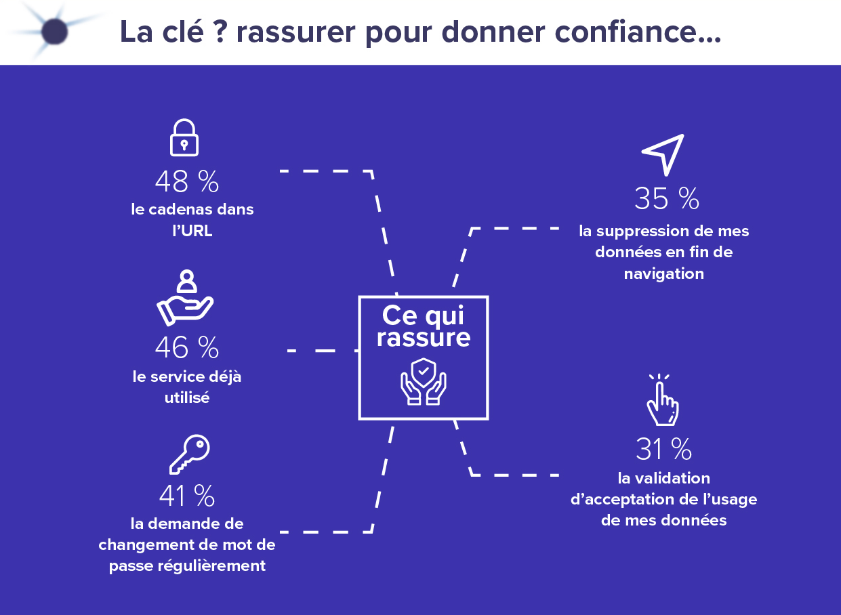Improving the user experience with data: our UX Data methodology
Keolis’ established methodology aims to better understand the behaviors and boundaries of its users regarding the use of their personal data to improve user experience all the while safeguarding user information. This approach also aims to strengthen trust between all stakeholders (including Mobility Authorities) regarding data use.
Our study was based on a series of interviews with French public transport users from different backgrounds and a questionnaire distributed among 200 people. This research allowed us to identify four typical profiles, ranging from users who are most comfortable with the use of their personal data to users who are most reticent. These personas were identified based on three main levers associated with data: control, trust and the benefits of using personal data.
The study enabled us to better understand the various uses of data, notably by:
- Identifying preconceived ideas about data and identifying the main hesitations about using data
- Understanding the acceptability thresholds of users when it comes to sharing data
- Adapting to differing levels of user maturity in terms of data and the need for information about personal data collection

![4 profiles for 4 approaches Infographic “4 profiles for 4 approaches”: • Data Confident = Early adopters (they want to take full advantage of available services and they are not afraid). • Data Conforming = Followers (they go along with it because they do not fully understand but they want to take advantage of services). • Data Secure = Wary (they are wary but they know how to protect themselves). • Data Paranoid = Suspicious (they are suspicious and prefer to avoid services because they don’t want to take the risk). [Benefits, Trust, Understanding]](https://www.datocms-assets.com/53084/1665650239-keolis-la-data-et-vous_infographie062022-14-profils.png?auto=format)




